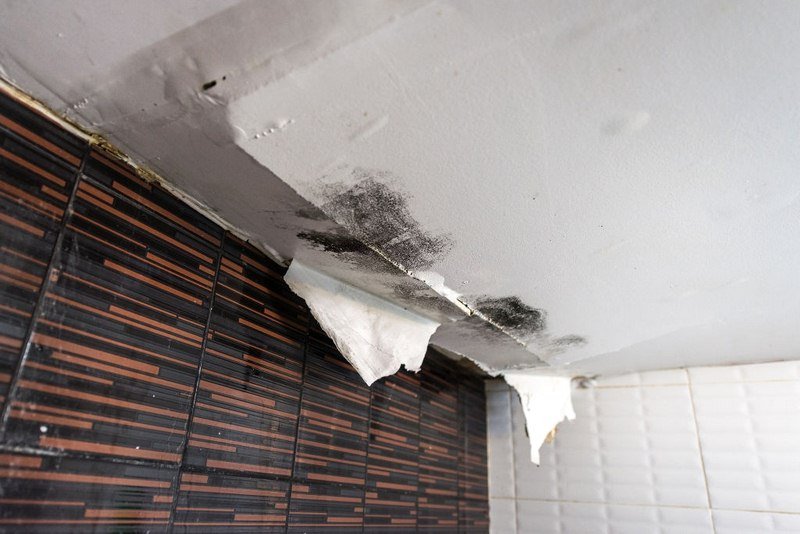The article author is making a few great observations on Common Water Leaks In House overall in the article followed below.

Leaks not only cause waste of water however can additionally cause unnecessary damage to your home and also promote unwanted natural development. By comprehending and looking for everyday circumstances that cause leaks, you can secure your home from future leaks and also unneeded damage.
Elbowing in origins
A lot of water leaks begin outside the home instead than inside it. You may see damp patches or sinkholes in your lawn, and also that might imply that tree origins are invading water lines creating water to seep out.
Corroded water supply
This could be the cause of discoloration or bending on your water pipes. If our plumbing system is old, think about replacing the pipelines since they are at a higher danger of deterioration than the more recent models.
Faulty Pipeline Joints
Pipeline joints can weaken over time, resulting in water leaks. If you have noisy pipes that make ticking or banging noises, especially when the warm water is transformed on, your pipe joints are most likely under a great deal of stress.
Immediate temperature level modifications.
Extreme temperature modifications in our pipes can cause them to expand as well as contract suddenly. This development as well as tightening might trigger splits in the pipes, specifically if the temperature are below freezing. If you kept an eye on just how your plumbing functions, it would be best. The visibility of the formerly stated conditions regularly suggests a high risk.
Poor Water Connectors
At times, a leakage can be triggered by loosened hoses as well as pipes that supply your home appliances. In situation of a water links leakage, you may see water running directly from the supply line or puddles around your devices.
Clogged Drains
Blocked drains may be annoying and inconveniencing, however they can occasionally end up creating an overflow resulting in rupture pipes. Maintain removing any type of materials that may decrease your drains pipes that might obstruct them to avoid such troubles.
All the above are causes of leakages but not all water leaks arise from plumbing leakages; some leaks may originate from roof leaks. All leakages need to be repaired right away to prevent water damages.
Leakages not only cause waste of water however can also cause unnecessary damage to your house and also advertise unwanted organic growth. By understanding and looking for daily scenarios that create leaks, you can protect your house from future leakages and also unnecessary damage. Today, we will look at six leak triggers that may be triggering your pipelines to drip.
At times, a leakage can be created by loosened tubes and also pipelines that provide your devices. In instance of a water connections leakage, you might notice water running straight from the supply line or puddles around your home appliances.
How To Check For Water Leak In Your Home
How To Check for Leaks
The average household's leaks can account for nearly 10,000 gallons of water wasted every year and ten percent of homes have leaks that waste 90 gallons or more per day. Common types of leaks found in the home are worn toilet flappers, dripping faucets, and other leaking valves. These types of leaks are often easy to fix, requiring only a few tools and hardware that can pay for themselves in water savings. Fixing easily corrected household water leaks can save homeowners about 10 percent on their water bills.
To check for leaks in your home, you first need to determine whether you're wasting water and then identify the source of the leak. Here are some tips for finding leaks:
Take a look at your water usage during a colder month, such as January or February. If a family of four exceeds 12,000 gallons per month, there are serious leaks.
Check your water meter before and after a two-hour period when no water is being used. If the meter changes at all, you probably have a leak.
Identify toilet leaks by placing a drop of food coloring in the toilet tank. If any color shows up in the bowl after 10 minutes, you have a leak. (Be sure to flush immediately after the experiment to avoid staining the tank.)
Examine faucet gaskets and pipe fittings for any water on the outside of the pipe to check for surface leaks.
Undetected water leaks can happen without the home or business owner even realizing. If you suspect a water leak, but not able to find the source. It is time to contact a professional water leak detection service, The Leak Doctor.
How To Find a Water Leak In Your Home
https://www.leakdoctor.com/blog/How-To-Check-For-Water-Leak-In-Your-Home_AE197.html

I hope you enjoyed our part on Most Common Causes of Leaky Pipes. Thank you for finding the time to browse our piece. Sharing is good. Who knows, you may be helping someone out. Thanks a lot for going through it.
Certified emergency plumbing assistance available.
Comments on “The Residential Common Typical Leak Triggers: Analysis”